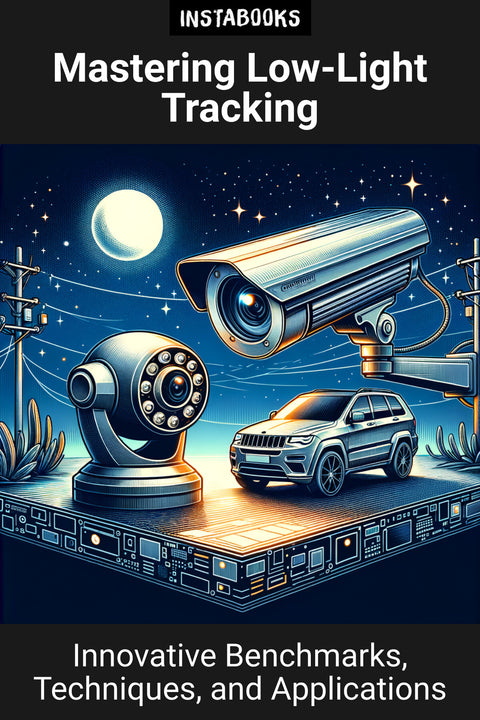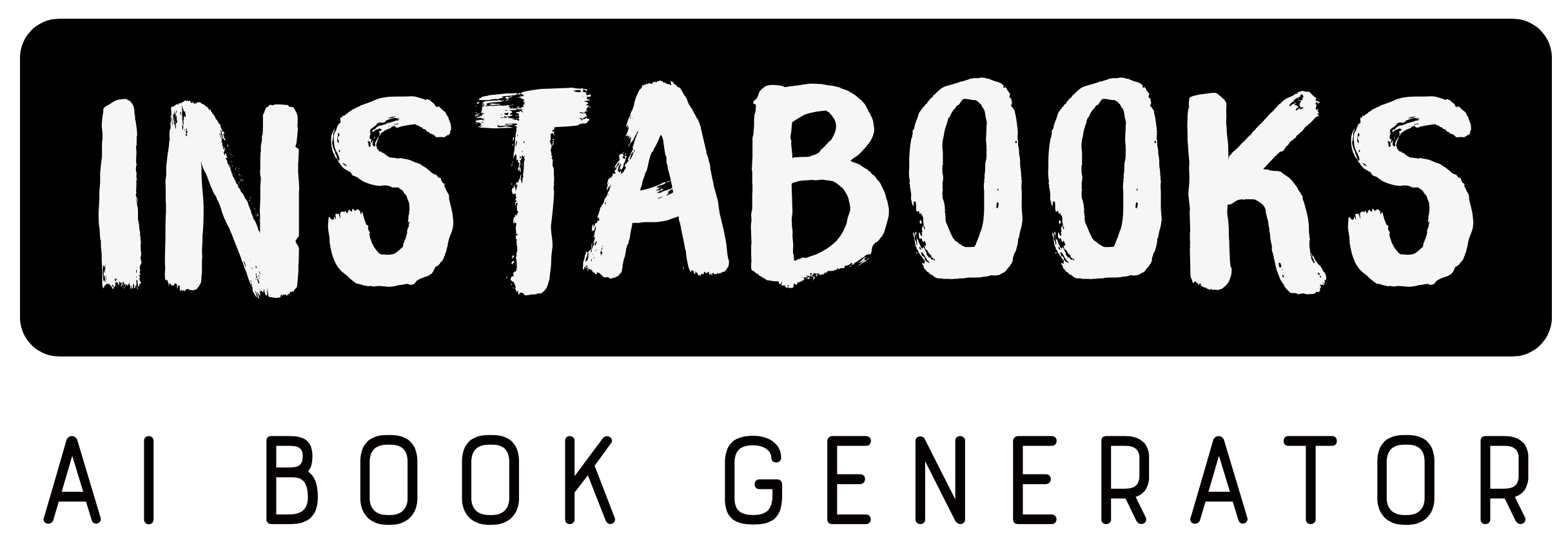
Mastering Low-Light Tracking
Innovative Benchmarks, Techniques, and Applications
Included:
✓ 200+ Page AI-Generated Book
✓ ePub eBook File — read on Kindle & Apple Books
✓ PDF Print File (Easy Printing)
✓ Word DOCX File (Easy Editing)
✓ Hi-Res Print-Ready Book Cover (No Logo Watermark)
✓ Full Commercial Use Rights — keep 100% of royalties
✓ Publish under your own Author Name
✓ Sell on Amazon KDP, IngramSpark, Lulu, Blurb & Gumroad to millions of readers worldwide
Introduction to Low-Light Object Tracking
Low-light object tracking is a fascinating and complex challenge within the field of computer vision. It involves the task of identifying and following objects in environments with little or no visible light. Given the significant fluctuations in lighting conditions, targets often appear without distinct texture, making detection and tracking incredibly difficult.
Benchmarking Breakthroughs
The development of benchmarks like the Low-Light Object Tracking (LLOT) benchmark has been pivotal. This initiative, introduced by Pengzhi Zhong and others, tackles previous gaps in this research area by offering a substantial dataset—269 versatile sequences with over 132,000 frames, all meticulously annotated with bounding boxes. Together with the Vision Enhancement in LOw-Light (VE-LOL) dataset, which features diverse real-world scenes and complex degradations, these tools are driving significant progress in object tracking excellence.
Advanced Algorithms and Innovators
Within the context of low-light tracking, the MixFormer model and H-DCPT tracker stand out. The MixFormer talent for pulling critical information using its Mixed Attention Module (MAM) has revolutionized how tracking data is analyzed, while the H-DCPT tracker, integral to the LLOT benchmark, utilizes historical prompts, enhancing baseline performances dramatically.
Next-generation Evaluation Metrics
The creation and application of metrics such as HOTA (High Accuracy Object Tracking) and MOTA (Multiple Object Tracking Accuracy) have opened new doors to assessing tracking accuracy and robustness. Additionally, new benchmarks are continuing to evolve the evaluation process, accentuating performance elements such as energy efficiency and real-time analysis.
Applications and Future Discoveries
From its critical roles in surveillance systems to its transformative impact on autonomous vehicles and robotics, low-light object tracking is set to drive the future of technology. Emerging opportunities in expanding datasets to accommodate more challenging environments, and tackling deformation tracking challenges, emphasize the continual advancement of this vital field.
Table of Contents
1. The Foundations of Low-Light Tracking- Understanding Low-Light Conditions
- Challenges in Nighttime Environments
- Technological Enablers
2. Innovative Benchmarking Techniques
- Origins of the LLOT Benchmark
- The Role of VE-LOL Dataset
- Performance Metrics Analyzed
3. Cutting-edge Algorithms and Models
- Decoding the MixFormer Model
- Historical Prompts in H-DCPT
- Comparative Analysis
4. Crucial Evaluation Metrics
- HOTA and MOTA Explained
- Accuracy Versus Efficiency
- Emerging Metric Innovations
5. Applications Across Industries
- Impacts in Surveillance
- Enhancements in Autonomous Vehicles
- Robotics and Low-Light Adaptations
6. Enhancement Techniques Unveiled
- Navigating Low-Light Enhancements
- Joint Optimization Strategies
- Real-World Application Scenarios
7. Future Directions and Challenges
- Dataset Expansion Goals
- Deformation Tracking Issues
- Forecasting Technological Progress
8. Energy and Processing Considerations
- Balancing Energy Use
- Achieving Real-Time Performance
- Hardware Requirements
9. Interactive Visual Practices
- Visualization in Complex Scenarios
- Augmented Reality Interfaces
- User-Experience Studies
10. Case Studies in Success
- Pioneering Projects
- Lessons from Field Applications
- Scale and Variation
11. Ethical and Safety Implications
- Privacy Considerations
- AI and Moral Concerns
- Regulatory Standards
12. Comprehensive Summary and Insights
- Synthesizing Key Learnings
- Insightful Reflections
- Pathways to Future Inquiry
Target Audience
This book is aimed at researchers, engineers, and technology enthusiasts interested in computer vision, particularly those working on advancements in low-light conditions and object tracking.
Key Takeaways
- Gain comprehensive knowledge of low-light object tracking challenges and technological enablers.
- Explore the role and origins of key datasets like LLOT and VE-LOL.
- Understand cutting-edge algorithms and models such as MixFormer and H-DCPT.
- Learn to evaluate tracking systems using metrics like HOTA and MOTA.
- Discover applications in surveillance, autonomous vehicles, and robotics.
- Identify future opportunities and ongoing challenges in the field.
